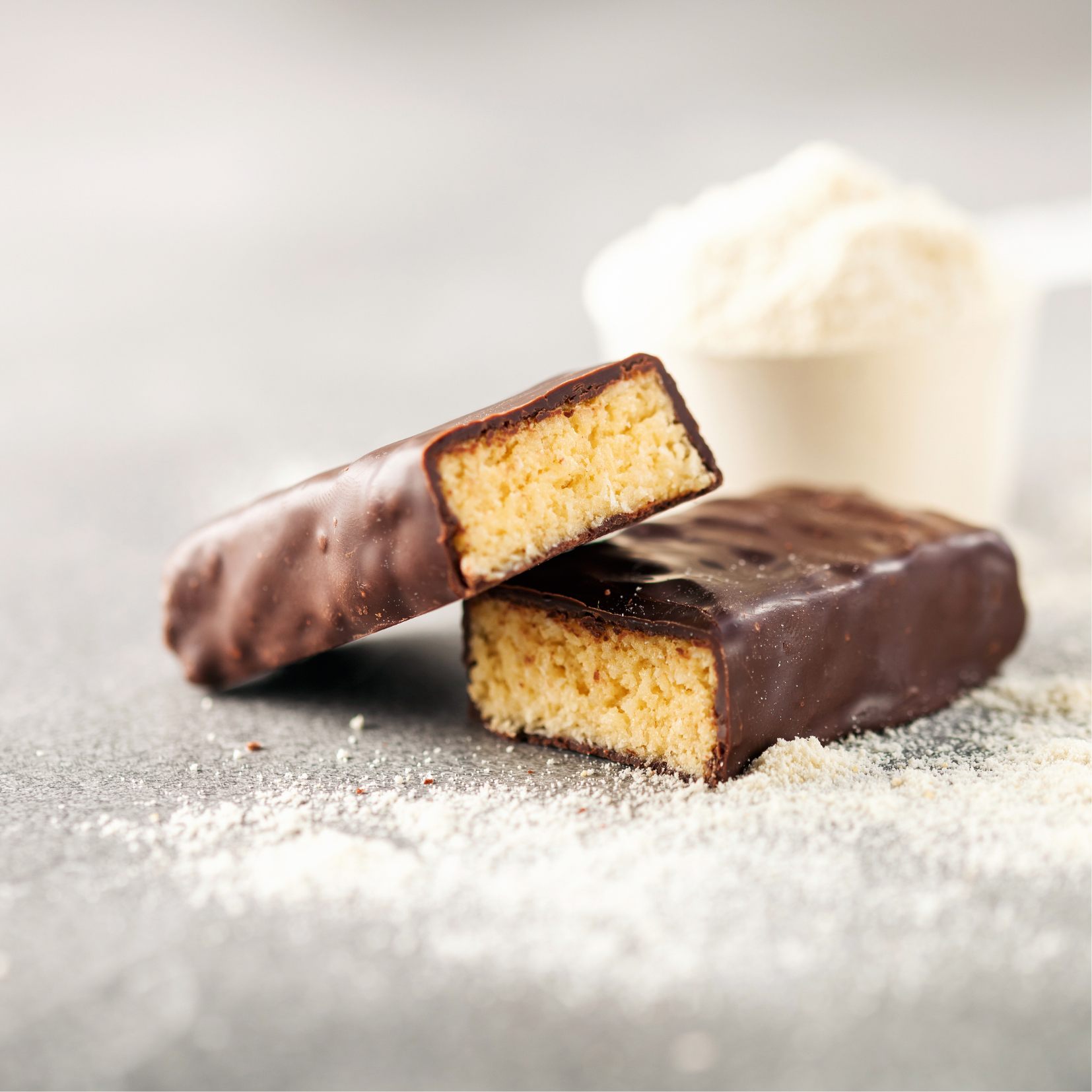Shoulders are a key area to zone in on your training because if you’re focusing on shoulders, you’re going to have great upper body strength – everything in your upper body attaches to your shoulders. Everything. And, if you train your shoulders properly, you’re going to look sexy – of course – and build stability and long-term strength in an essential area of your body.
Shoulder Anatomy
The shoulder has two major joints. The glenohumeral joint It is the ball and socket joint that joins the humerus to the scapula. The acromioclavicular joint which is where the clavicle, acromion and the scapula meet. The rotator cuff connects the humerus to the scapula and is made up of the tendons of four muscles, the supraspinatus, infraspinatus, teres minor and the subscapularis. So, there is a lot going on at the shoulder.
There are a lot of muscles that are connected to your shoulder. Most people think of shoulder muscles as the deltoids. You have three aspects of the deltoid – anterior, medial, and posterior. But you can also count rotator cuff muscles: the traps, chest muscles, and teres major, Levator scapulae, the rhomboids and more. Basically there is a LOT to the shoulder. It does all sorts of movements including circumduction. So it’s very mobile.
How To Build Shoulders
First and foremost, building shoulders requires heavy pressing. Ideally, you want to include vertical and horizontal pressing. Vertical pressing is pressing weights over your head and horizontal involves lying down and pressing a weight off of you, like a bench press. Overhead pressing or vertical pressing is going to grow the shoulders more so than horizontal pressing, but both are important. Bench pressing is a compound movement, so the shoulders are involved in horizontal pressing quite a bit as well.
Shoulder Workouts For Growth
The best movement you can incorporate into your routine is overhead pressing and its variations. If you really want to load the shoulder muscles, work with the barbell. However, this doesn’t mean all of the other overhead pressing variations aren’t as good. Try cycling through different pressing variations in your programming, and you can incorporate 2-3 different types of press variation per week if your focus is to grow the shoulders.
Using different angles in your pressing will help develop the shoulders and the chest. An overhead press, bench press, and various inclines while pressing can all help build well-rounded shoulders and chest. Remember the shoulder does flexion, extension, abduction, internal and external rotation and circumduction. Including variations in your movements will target different aspects and muscles that move the shoulder.
Bodyweight Movements
Bodyweight movements are super underrated for growing big shoulders. Training with handstands, different planche variations, dips, and push up variations will give you results. Do not neglect these movements. If you’re a beginner at handstand work. Start with piked handstand holds: Elevate your feet on a box with hands on the floor. The goal is to try to get your hips stacked over your shoulders which should be stacked over your wrists. From there, you can progress from to wall handstand holds and the balancing aspect of handstands. Handstand training is fun and will help your shoulders grow. Hire a coach to help with your programming. You can start with some of these basic movements like dips and push ups. But if you want to achieve more advanced moves like planches, a coach will make sure you’re doing them correctly.
Other bodyweight movements that build both the shoulders and the chest are pushups and dips. Dips are an all around beneficial exercise for so many reasons. Both pushups and dips also have a stability component that works core strength as well. With dips, you’re stabilizing quite a bit on the bars with your wrists, which strengthens the shoulders as well as the chest and triceps.
Shoulder Programming
Shoulders are a key joint in the body and should be worked out in different variations 3x a week. It’s also important to note that if you are trying to grow a specific muscle group and are putting more emphasis on it, you can’t just add a ton of volume for said muscle group without taking some away from other muscle groups. If you don’t manage your volume, you will overtrain and it will completely backfire: You won’t adapt if you’re doing too much, your body will just always be trying to recover instead of building muscle. For example, if your shoulders are small and your legs grow pretty easily, take away some volume from your lower body training so you can add it to your shoulder training.
Bottom line, you need to understand your volume and recovery and what you can actually manage with fatigue. Be realistic. It’s one of the reasons in powerlifting it’s so hard to increase your numbers on all three lifts at the same time. A lot of times, powerlifters have to focus on one lift at a time because you can only do so much.
Compound movements and Isometrics for Shoulder Training
When raining shoulders, compound movements lend themselves when to the most rep ranges. They also work well with 1-5 rep ranges to train raw strength. These movements are overhead presses, incline presses, push presses, etc. More of the accessory shoulder movements like lateral raises, rear delt flyes, front raises, etc. lend themselves better to higher rep ranges. You can still work in the 6-8 rep ranges and even down to 5 reps, but anything heavy with these movements is going to compromise your form.
Don’t discount isometric movements either. They can build shoulders in no time at all. Try an active hang: Hang onto the bar and retract and depress the scapula and just hold that position. You could also do something like an overhead pin press, where you’re literally just pushing the bar into the pins on the squat rack that you’ve set up. You want to be able to control what’s happening with your scapula and building that mind muscle connection and the strength there is key.
How To Structure A Shoulder Workout
Shoulder programming should have a 3 days per week protocol with a bit more accessory work.
Day 1: Overhead press for the main lift, then hit the medial and rear delts. Overhead presses utilize the entire shoulder girdle, and an upright row works for all three main parts of the deltoid muscle. Next, try lateral raises with dumbbells and then bent over flyes for the rear delts. That’s a solid first day.
Day 2: Dumb bell overhead press variation, then front raises, face pulls, and Cuban rotations (internal rotation).
Day 3: High incline dumbbell press, lying external rotations, trap 3 raises (rear delt trap area), and a cable move like a single arm upright row. Try 3-4 sets for the main move for the day and 2-3 sets for the accessory work.
Final Thoughts On How To Build Shoulders
The shoulder is a complicated area of the body that has a multitude of different movements, including circumduction. There are a lot of the muscles of the upper body play a role in shoulder articulation as well. This allows for many movements that can help build shoulder strength. To build the shoulders, you need to work them out 3x a week with major movements that can include bodyweight movements, isometrics, and compound movements. Incorporate isolating movements that hone in on particular areas of the shoulder too.
Remember, if you want to build any part of your body you have to EAT. It’s important because you’re going to be wasting your time trying to grow a body part if you’re not recovering properly and eating enough.
You can checkout our Youtube channel for tutorials on all the movements we mentioned in this blog and check out our library of over 750 videos of movement tutorials, Q&A’s, fitness programing and so much more.
Want to learn more about building your shoulder muscles and strength? Listen to The Stronger Than Your Boyfriend Podcast, Episode 94: How to Build Series: Shoulders


